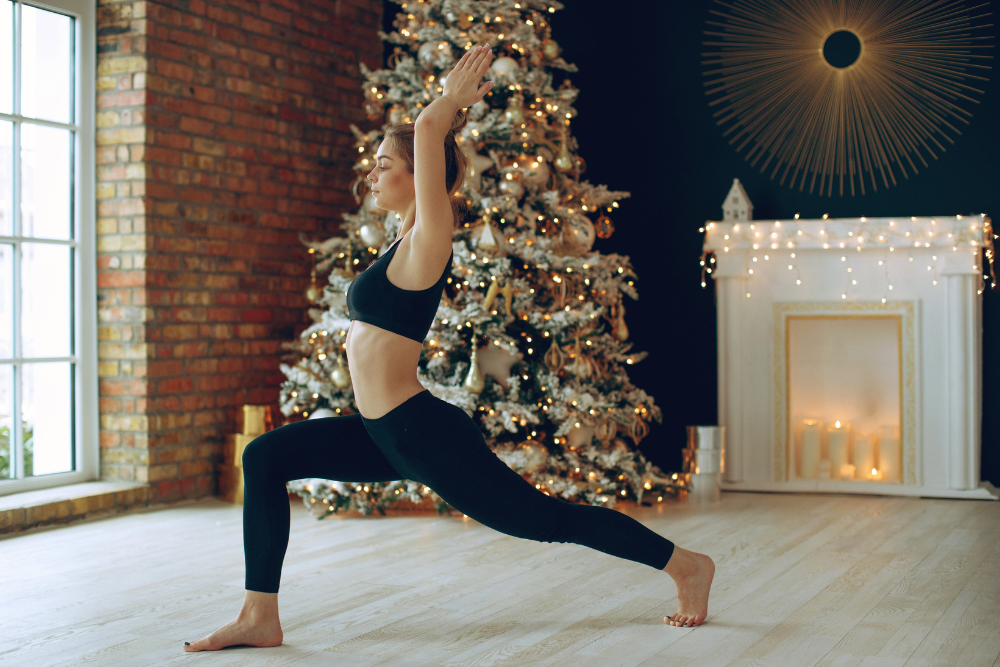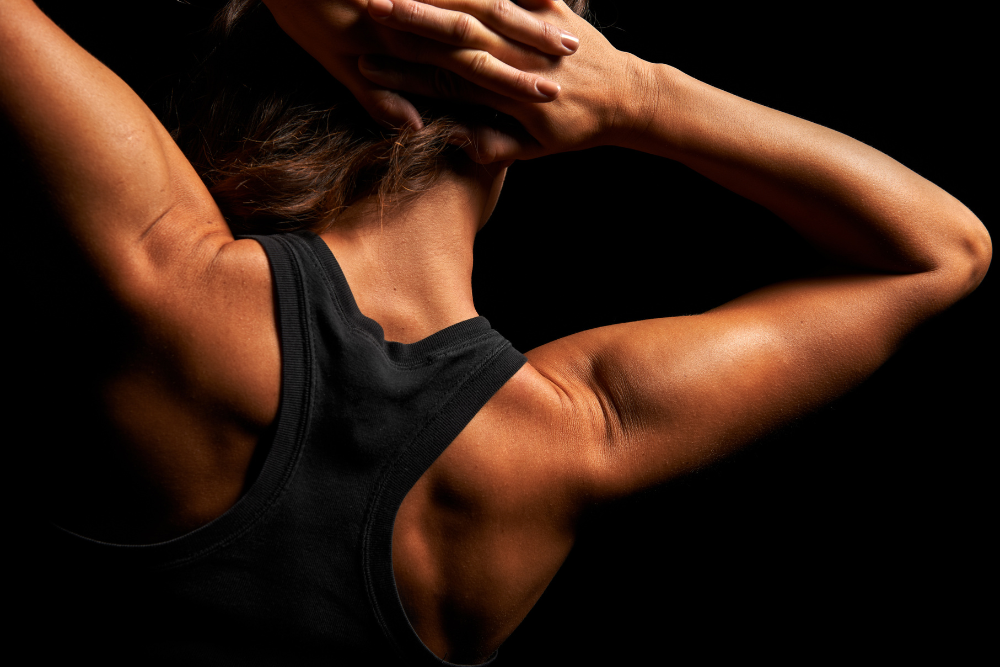Off Season Ski Conditioning

Hank Shell
Off-season ski conditioning: a primer
I can’t remember exactly what caused the crash.
Clarity only lends itself to the events immediately afterward – the immense weight of my body splayed out on the snow, the glare of the late December sun beating through the lenses of my goggles, and the worried thought, Oh man, where are my skis?
It was the third run of the first day of my first trip to Alta Ski Area, just outside of Salt Lake City, Utah. As I hoisted myself up, I noticed the broken ski pole still hanging from my wrist, and my eyes caught the black scuff of one, and then two, skis gouging the hillside about fifteen yards above me.
The vision may as well have been a mirage, for my thoughts were quickly coalescing around a subtle but unmistakable twinge on the medial (interior) side of my right knee, supplanting any previous concern about my skis. With jellied legs and a case of reckless 22-year-old stoicism, I kicked my way back up the precipitous slope, stepped back into my skis, and followed my buddy down the mountain to replace my broken pole.
Three gondola laps later, the twinge had bloomed into a hot, throbbing swirl of pain, and my knee was noticeably unstable. Utterly defeated, I sheepishly told my friends that my knee was getting the best of me. I’d be cutting out early.
Two hours later, I found myself splayed out once again, this time on an examination table, as an urgent care physician confirmed what I’d suspected all day – a partially torn Medial Collateral Ligament. “It’s probably the most common injury we see among skiers,” the doctor said off-handedly. “No skiing for about a month.”He wrote me a prescription for Nabumetone and sent me on my way.
Staying Strong
The basic premise of off-season ski conditioning is fairly simple: keep your muscles strong, joints flexible, and body conditioned to withstand the rigors of a season on the snow. Doing so will not only improve your skiing from the outset – it can also help you prevent injury. Though it may not have prevented the crash that tore my MCL, ski conditioning immediately became a cornerstone of my training schedule.
Warming-up
Our muscles serve many purposes, though their primary function is to facilitate the movement of our bodies. They also help our bodies maintain posture and position. Both are important to skiers, who require precise movement and good body position to negotiate mountain terrain. Strengthening muscles around joints such as the knee or shoulder can improve the joint’s stability. For athletes, this can ameliorate the risk of injuries such as mine.
Strong quadriceps, gluteus and hamstring muscles are a must for skiers. Before undertaking any kind of weight training regimen, it’s important to warm up your muscles. I prefer to do a few sets of dry squats, meaning without weight, while focusing on keeping my lower back straight and chin up. A few minutes on the stationary bike and a bit of core work like sit-ups, and I’m ready for my workout. Incorporate a good amount of stretching into your warm-up and post-workout routine. Target your legs and back.
 Weighted exercises
Weighted exercises
Start with classic squats using a barbell with light weight. Place your feet shoulder width apart and rest the bar on your trapezius muscles on your lower neck. Slowly lower your bum, keeping your knees flared slightly and lower back straight. Lower until you’re upper legs are parallel to the floor and then, keeping your chin up, focus on using your glutes and hamstrings to lift yourself back to your starting stance. Try three sets of 10 to 12 repetitions
If you feel any pain in your lower back or knees, re-evaluate your body position and/or reduce the amount of weight. You can also try asking one of those muscle-bound gym enthusiasts to watch your movement and give you some pointers.
After you’re comfortable with your squatting, you can move on to jump squats. Using the same starting position but with less weight, lower your self until your upper legs are between the one and two o’clock position, then power back up and off the ground. Focus on form and landing as softly as possibly on the balls of your feet. Do three sets of five repetitions. Using a leg press machine is another great way to strengthen some of the larger muscles of the leg. Start with light weight.
The box squat is another great exercise that improves the stability of your legs individually. Using a box on which you can sit with your legs at or around a ninety-degree angle, don a weight vest or clutch a weight plate to your chest. Standing with the box to your rear, extend one leg directly in front of you. Slowly lower yourself until your bum is on the box, keeping your other leg extended. Now, lift yourself back up, again focusing on contracting the larger muscles in your upper leg.
Try three sets of five to eight repetitions.
Non-weighted exercises
Skiing is a very dynamic sport, requiring agility and flexibility just as much as strength and stamina.
There are a number of exercises that will help improve your agility without the use of weights.
One in particular is the lateral box jump. Starting with a box that you can easily hop onto with both feet, stand to one side of the box, feet together, and lightly hop onto the box. Then hop off to the other side. Continue to hop from side to box to side for twenty seconds. Do three sets. Focus on jumping and landing on both feet. If the exercise starts to get too easy, try using a taller box or increasing the length of each set.
Band walks are a good way to strengthen your skiing stance. Place a light resistance band around both legs about four inches above the ankle. Start in a semi-crouching stance with your upper legs about halfway between completely erect and parallel to the floor. Your feet should be about shoulder width apart. Your stance should mimic that of a linebacker, though with your feet closer together. With your back straight and angled forward, begin stepping laterally. Move your lead foot a foot or so to the side, plant, and then bring your trailing foot to regain your starting stance. Keep your eyes and chin up. Try three sets of twenty steps to each side.
Wall sits are another classic exercise for skiers. With your back flat against a wall, lower your upper body until you feel like you’re sitting in an invisible chair. Maintain this position for thirty seconds. Do three sets.
Other things to consider
When initiating any weight training program, it’s important to balance your weight training to include all the muscles in your legs and elsewhere. Muscle imbalance in the leg can alter the way your patella tracks over the knee, causing further injury. Incorporate other leg exercises that target your quads and calves.
Core conditioning is also crucial to proper skiing form. Leg raises, planks and other core-focused exercises will help you maintain a good stance on the mountain. Also, don’t forget your lower back.
Try un-weighted lower back extensions on a Roman chair to target this often-overlooked part of your core.
Cardio, flexibility and interval training are also important components of a ski-conditioning program. Yoga and stretching can help improve the flexibility of your joints, further reducing your risk of injury. Jogging or running can help improve your coordination while improving stamina.
Interval training, which involves short periods of high-intensity exercise interspersed with periods of rest, is another great way to keep you going all day on the mountain.
Remember that while executing any of these exercises, it’s crucial to listen to your body. If something just doesn’t feel right, then it probably isn’t. Make sure you rest adequately between workouts, eat nutritious foods and hydrate.
If you feel any pain – a slight twinge in your knee, perhaps – while practicing any of these exercises, stop and consult a physician or trainer.
You Might Like:
















